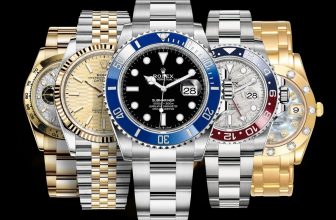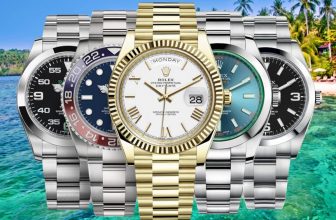Time waits for no man, and the same can be said of the history of Rolex Watches and the company itself. From its humble beginnings in London to becoming one of the most iconic watchmakers in modern times, this comprehensive history will take you on a journey through time. As we look back at how far it has come since 1905, it is clear that Rolex has truly stood the test of time.
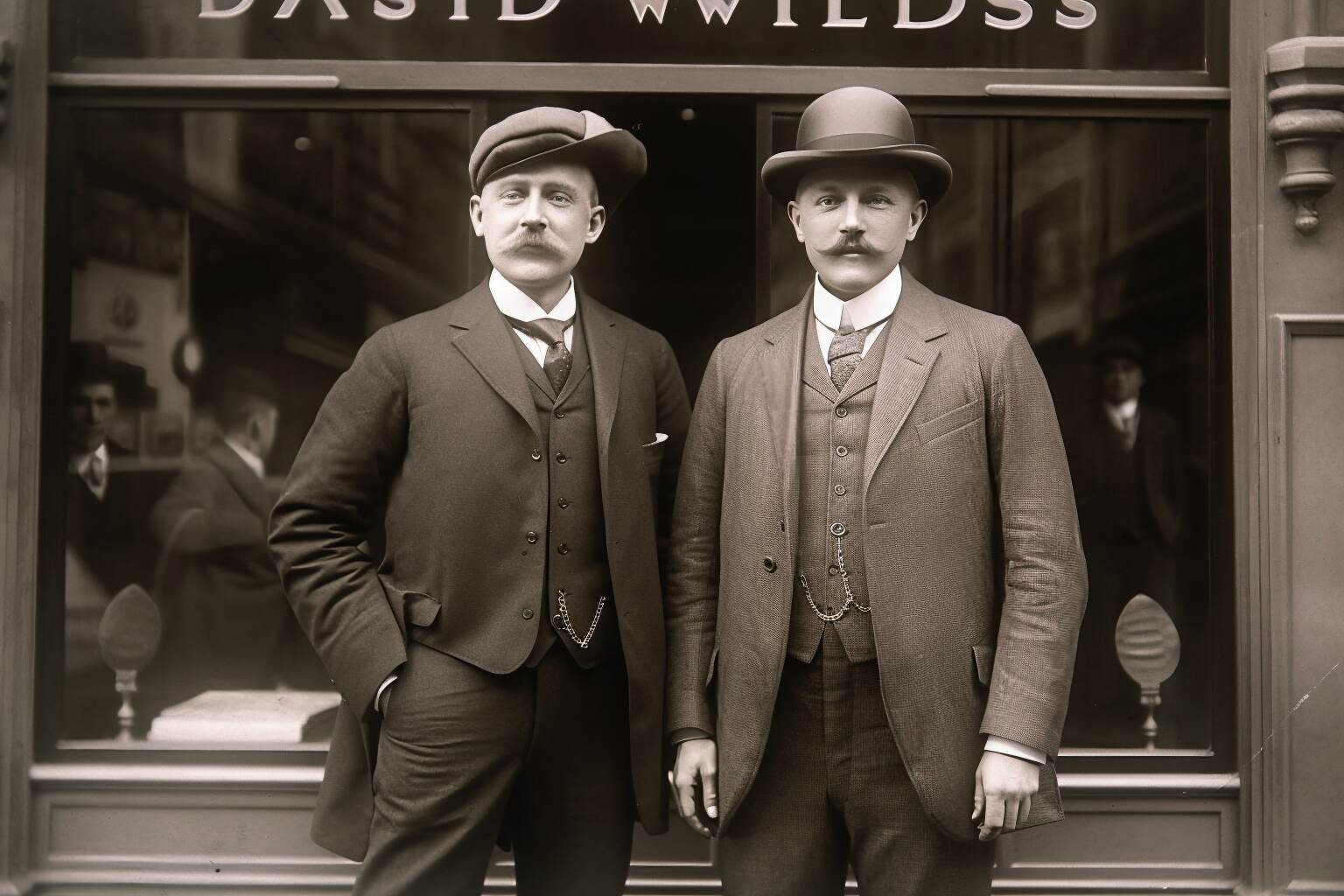
Table of Contents
To understand the true story behind Rolex, we must first travel back over a century ago to the very beginning. It was founded by Hans Wilsdorf and Alfred Davis in London in 1905, establishing their own company called Wilsdorf & Davis Ltd., which later became known as Rolex SA when they moved to Switzerland in 1919. With their innovative designs and impeccable craftsmanship, these two Englishmen set out to create watches that could withstand even the harshest conditions and revolutionize horology forever.

The remarkable achievements made by Wilsdorf and Davis throughout their careers have earned them an esteemed reputation amongst watchmaking connoisseurs worldwide; from developing groundbreaking technologies such as waterproofing or automatic winding mechanisms to creating timeless designs like those found on classic models like the Oyster Perpetual Submariner or Day-Date President series – there is no denying that Rolex’s legacy lives on today thanks to these pioneers of precision engineering.
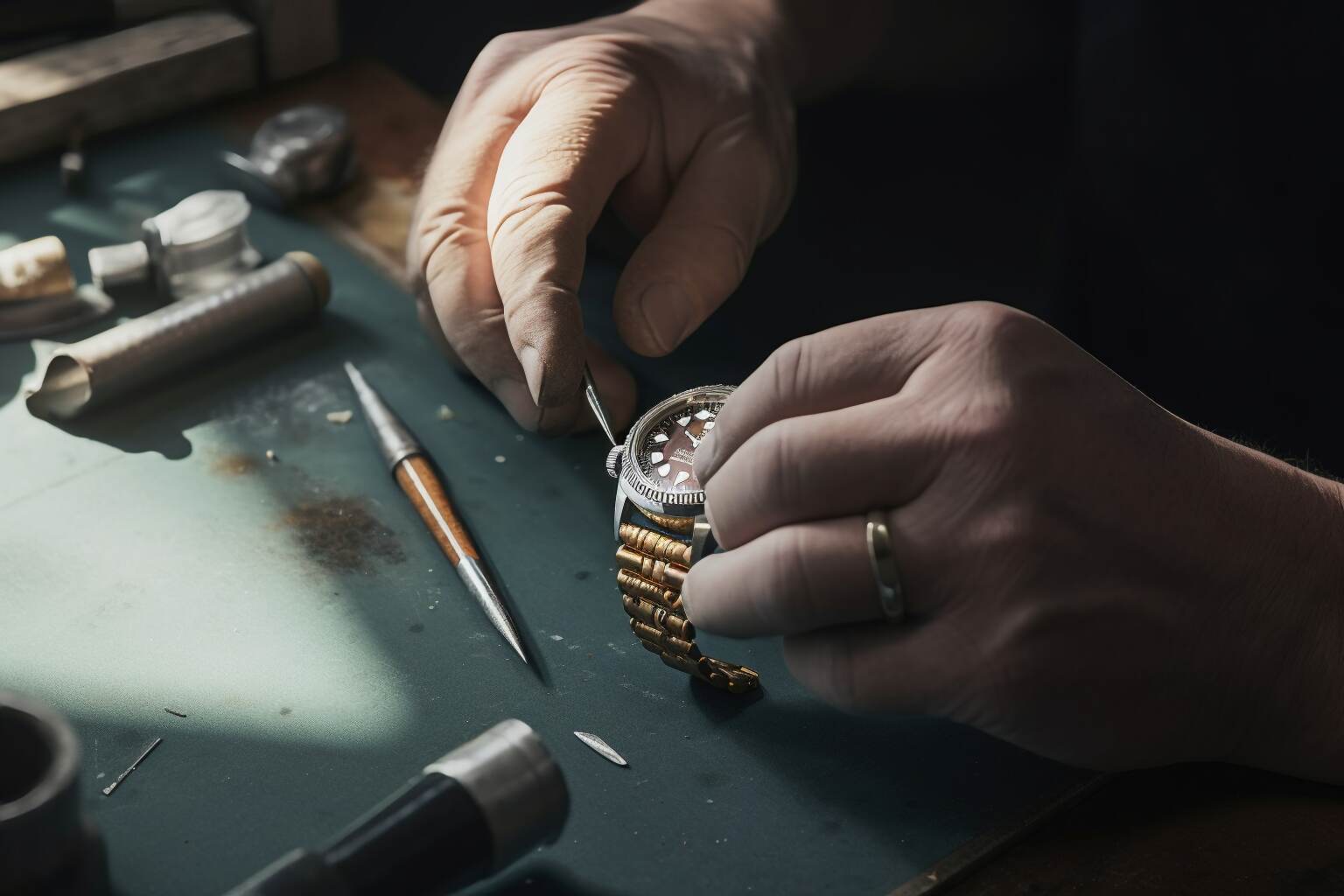
Foundations Of The Brand
The brand origin of Rolex dates back to 1905, when Hans Wilsdorf and Alfred Davis founded the company in London. From its beginnings as a watchmaking craft business, the two founders established what would grow into one of the world’s most recognizable luxury watchmakers, with offices today located around the globe.
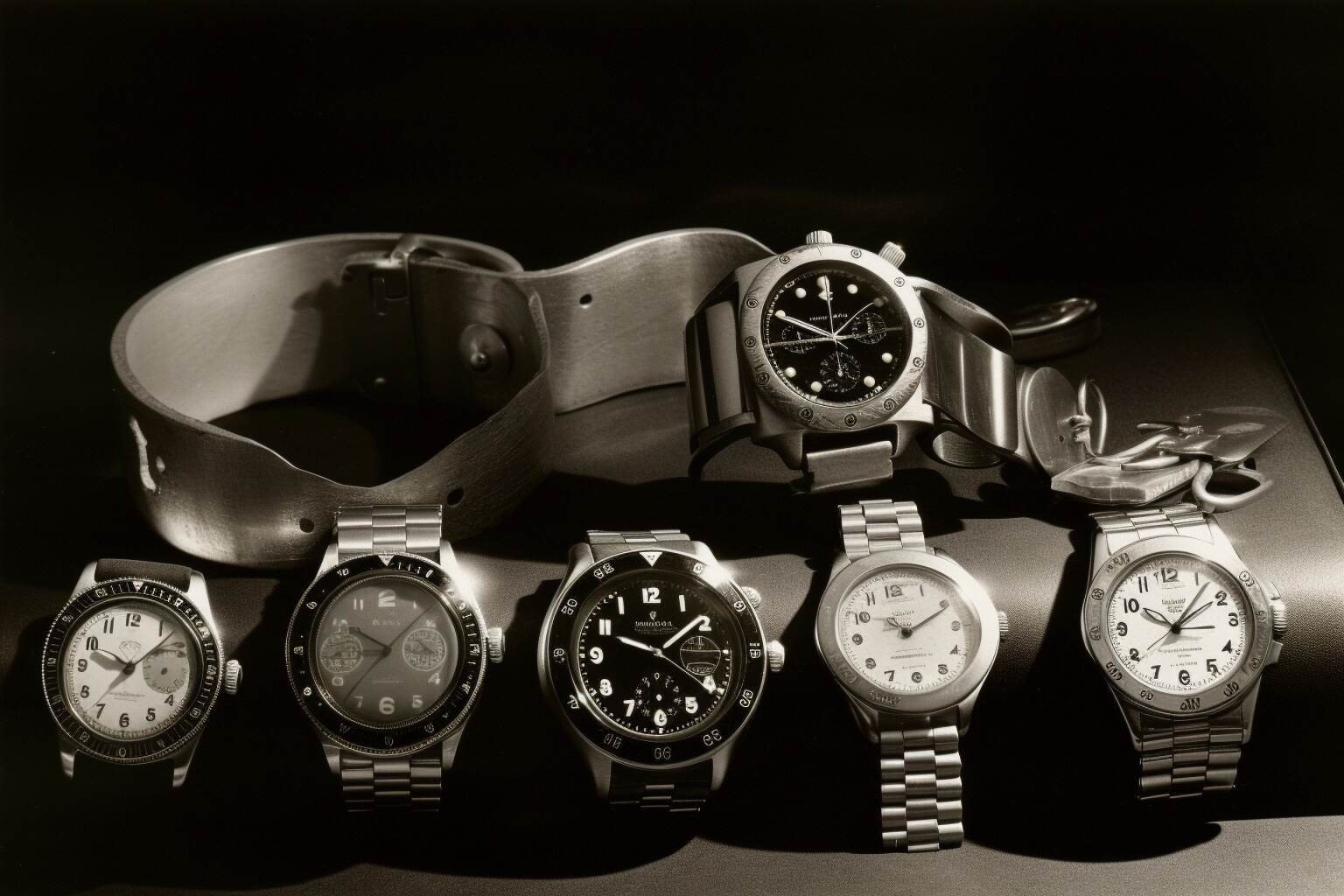
The early success of Rolex was largely propelled by its relentless innovation over time; from introducing waterproof watches to developing technology for movements that guarantee precision accuracy. This continual dedication to excellence has been fundamental in establishing Rolex’s reputation for quality and reliability since its inception.
As such, it is no surprise that Rolex remains at the forefront of modern horology – creating some of the most sought-after timepieces on today’s market. There can be little doubt that these foundations set out by its innovative founders remain integral to understanding both the brand history and the contemporary identity of Rolex.
Early Innovations And Designs
The early 20th century brought with it an era of innovation, and Rolex was no exception. The world-renowned watchmakers pushed the boundaries of what timepieces could do by creating groundbreaking designs that have been admired for generations. From their first prototype models to the earliest production watches, they used cutting-edge techniques in order to fuel their creative vision.
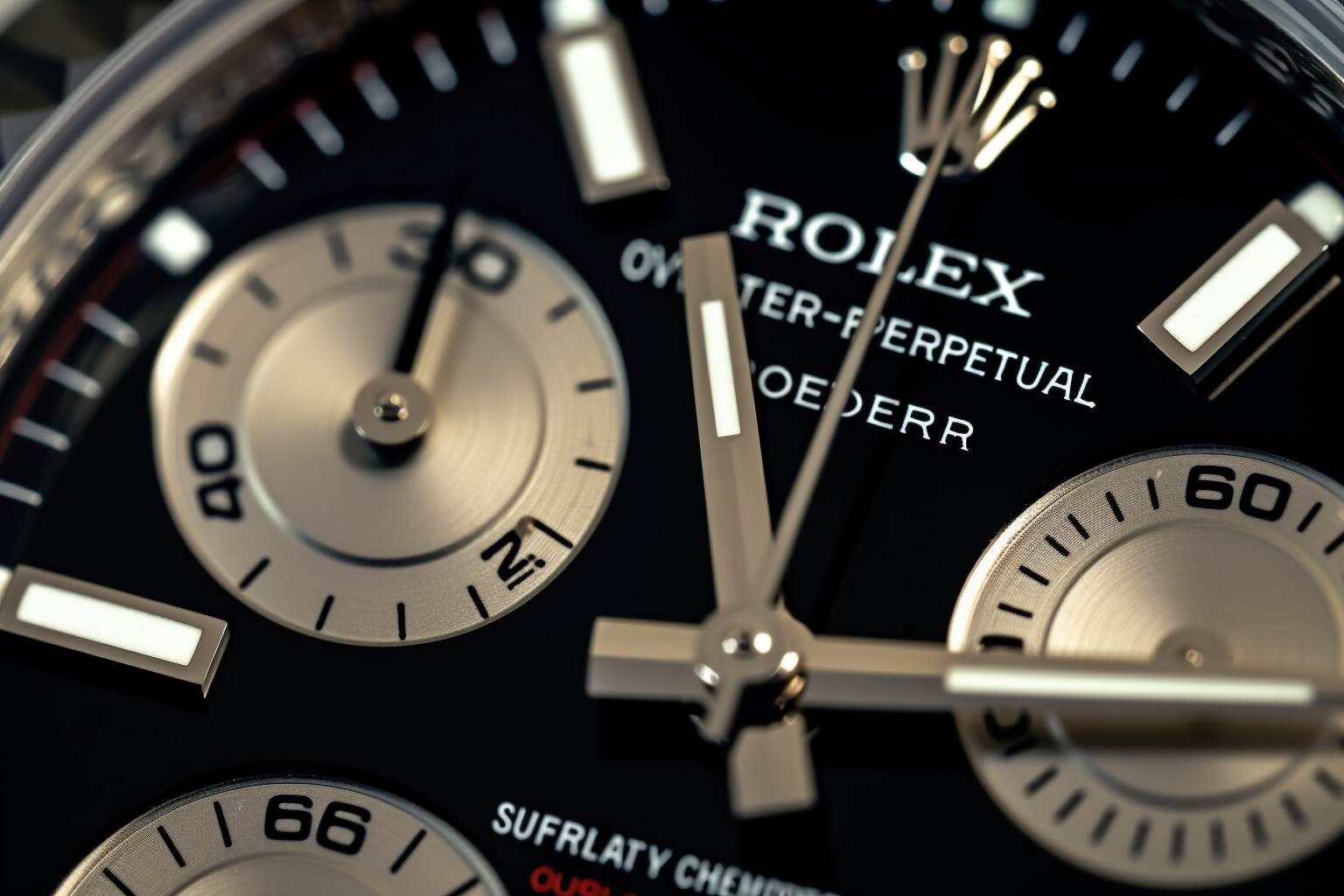
For many years, Rolex had honed its craftsmanship in perfecting some of the most innovative and stylish watches ever seen. Their pioneering spirit enabled them to create a variety of unique features that set Rolex apart from other manufacturers. These included smart dials, ultra-thin cases, shockproof construction and water resistant technology – all qualities that would become staples of Rolex’s signature style.
Although Rolex has gone on to produce more luxurious models over time, the company remains firmly rooted in its tradition as an innovator of quality timepieces. It is this dedication to perfection which has elevated Rolex into one of the most coveted brands today; after all these years, there is still nothing quite like owning a genuine piece of history.
Notable Models And Milestones
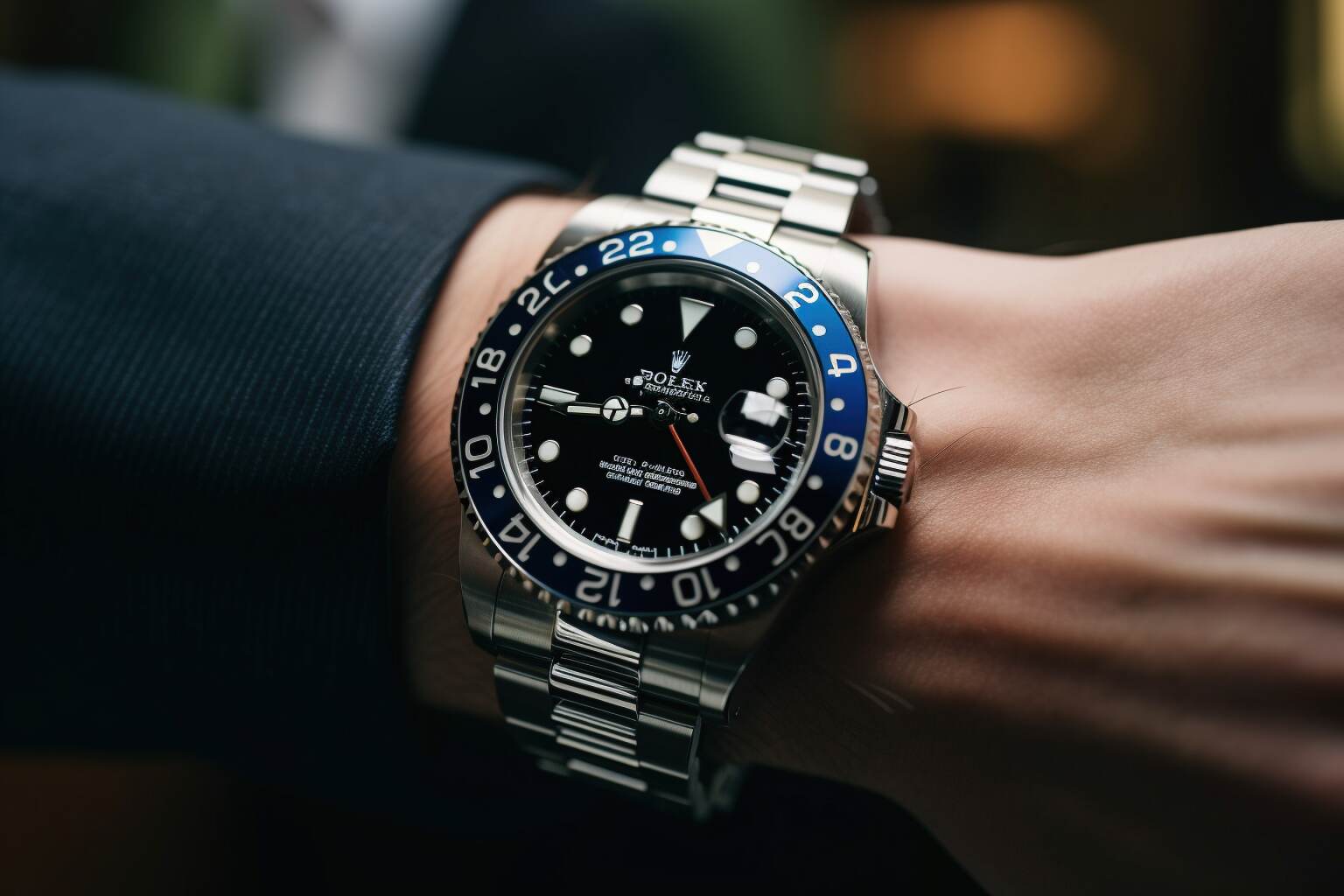
Throughout its history, Rolex has created many iconic and memorable watches. These timepieces have been instrumental in setting the standard for excellence in craftsmanship and design that still stands to this day. Here are some of their notable models and milestones:
- Daytona: The first chronograph watch from Rolex was released in 1963. This model featured a tachymeter scale bezel and quickly became popular with race car drivers who used it to keep track of lap times.
- Oyster Perpetual: This line of watches features robust automatic movements, waterproof cases, and timeless designs that make them an enduring symbol of luxury and style.
- Submariner: First introduced in 1953, the Submariner is one of Rolex’s most recognized pieces. It is renowned for its ability to withstand depths up to 1,000 feet (300 meters) while maintaining accuracy under extreme pressure.
- Explorer: Released in 1953 as part of the Oyster Perpetual collection, the Explorer is built to handle rugged outdoor activities such as mountain climbing or hiking expeditions. Its durability makes it a reliable companion on any adventure.
- GMT-Master: Developed in collaboration with Pan American Airways, this watch was designed specifically for pilots making transatlantic flights between different time zones. It also displays two timezones simultaneously which helps travelers stay ahead when they travel abroad.
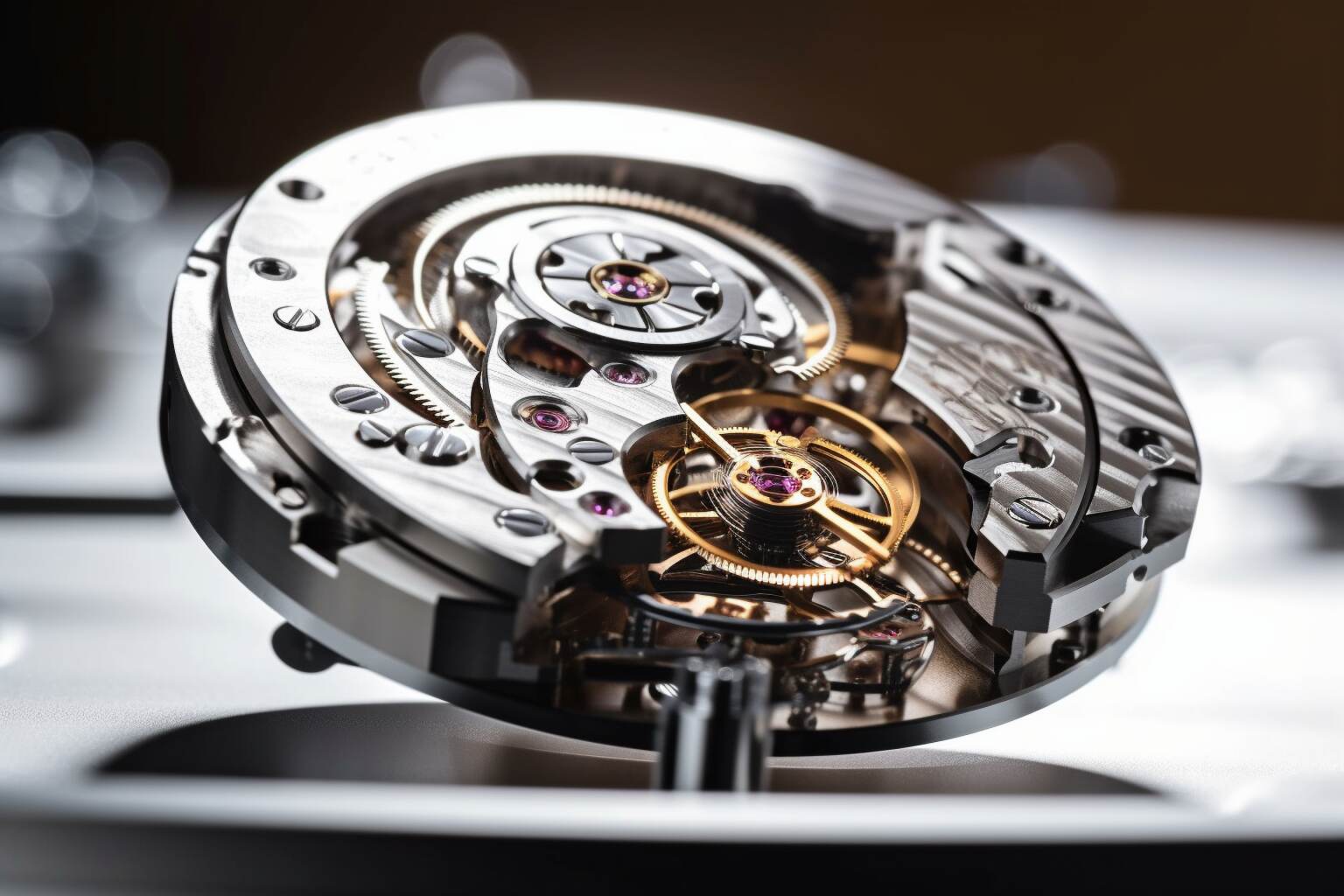
Rolex has consistently pushed boundaries throughout its long history by creating innovative and highly sought after products that appeal to a wide variety of customers around the world. With each new release comes improved technology, materials and overall aesthetics that reflect changing trends over time without sacrificing quality or performance. Whether you’re looking for something classic or modern, there’s sure to be a Rolex out there that will suit your individual needs perfectly – all thanks to their dedication towards manufacturing excellence since 1905!
Expansion Into Different Markets
Having established itself as a leader in the luxury timepiece market, Rolex turned its attention to expanding into global markets. This new endeavor was driven by product diversification and market research that sought to leverage brand awareness. In this section we explore some of the key strategies used by Rolex for expansion into different markets.

| Market | Strategy | Result |
|---|---|---|
| Global Markets | Leveraged existing brand recognition Introduced iconic designs | Increased international sales Skyrocketed public interest in watches |
| Emerging Markets | Investigated cultural preferences Developed localized products | Established a presence in diverse regions Improved customer retention rates |
| Product Diversification | Experimented with watch styles Offered special edition models Produced limited-run pieces | Expanded consumer base Generated additional revenue streams Enhanced reputation among collectors |
Rolex’s strategy paid off handsomely; they were able to capitalize on their well-known name and use it to reach an even greater audience. By introducing classic designs, customizing offerings for emerging markets, and producing unique items, Rolex solidified its place as one of the world’s most recognizable brands. The success of these efforts is evident today with Rolex being considered industry standard when talking about luxury timepieces.
Impact On The Luxury Watch Industry
It is no exaggeration to say that the Swiss luxury watch industry was forever changed with the rise of Rolex. The impact of this company on the world can hardly be overstated, and its impact on the luxury watch market has been felt for decades. It revolutionized what it meant to make a “luxury” timepiece; from precision and durability to design and style, Rolex set a new standard in the industry.
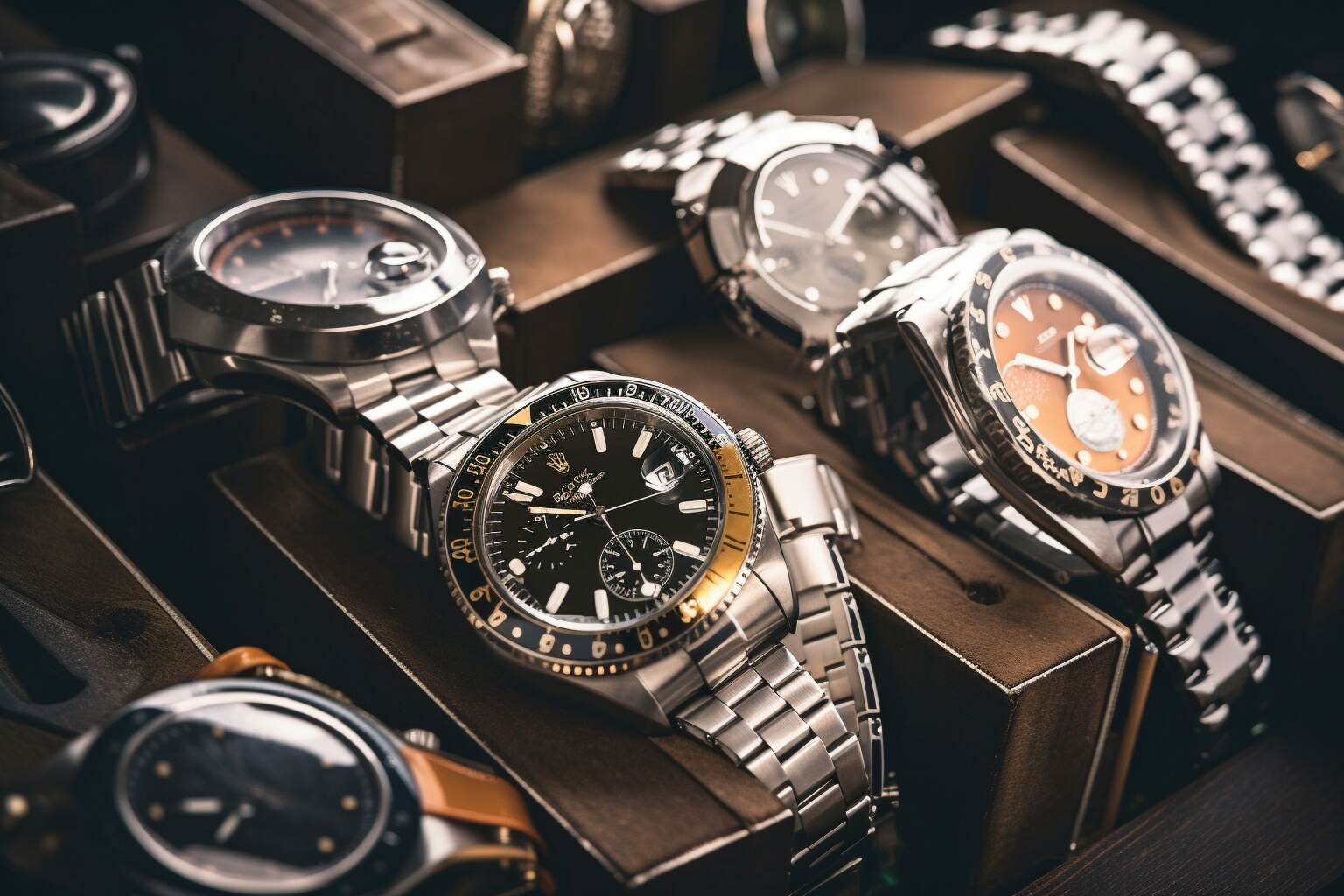
Not only did Rolex raise expectations within the industry, but they also created a sense of prestige around their watches. Whereas before, owning a luxurious wristwatch may have seemed out of reach for many people, Rolex suddenly made them attainable – though still expensive – items that could become symbols of success or status. This move opened up an entirely new market for luxury watches: one which allowed more lower-income individuals access to these exclusive products without having to sacrifice quality.
Rolex’s influence can be seen throughout today’s luxury watch market as well. Their designs are instantly recognizable due to their iconic features like Oyster cases and signature crown logo, while other companies strive to create unique pieces inspired by classic styles while incorporating modern touches – all thanks in part to Rolex’s legacy in the industry. As such, it is clear that there would be no luxury watch sector as we know it today were it not for Rolex’s contributions over the years.
Expansion Of The Product Lineup
Having established its reputation for quality and sophistication, Rolex began to expand the scope of its product lineup. The company had always focused primarily on luxury dress watches; however, in order to remain competitive they sought to diversify their offerings. In 1953 they released the first-ever waterproof sports watch, which was soon followed by a line of professional diving watches. This helped them reach an even wider audience who appreciated the practicality of these rugged timepieces.
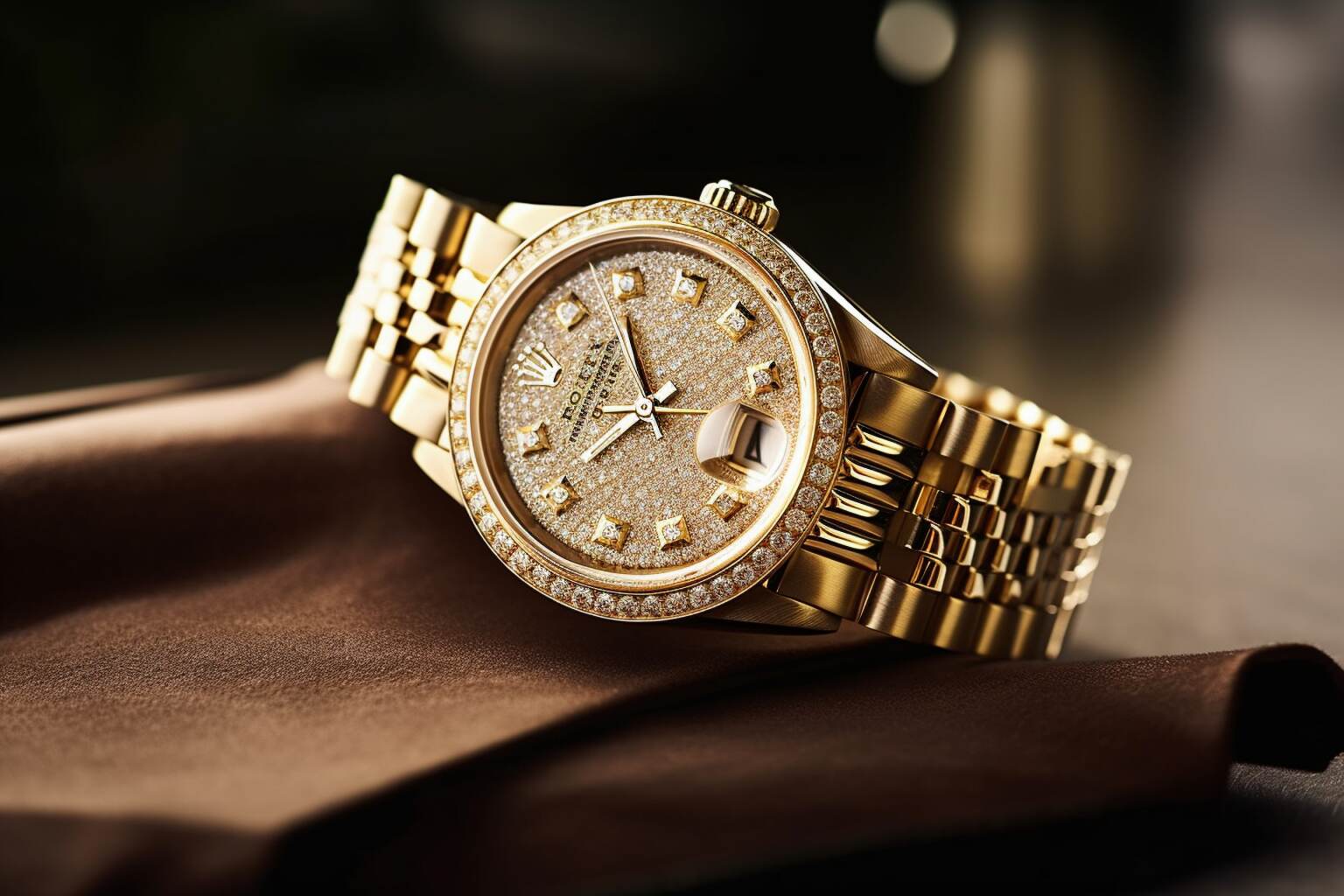
Rolex then set out to create more elegant pieces that married style with function. Their dress watch collection featured classic designs as well as modern elements such as bezels and dials crafted from precious metals like gold and platinum. They also introduced their own chronograph movements in 1933, furthering their commitment to precision and innovation.
Not only did Rolex strive to appeal to men, but they also developed a range of ladies’ watches designed specifically for women’s wrists. These included delicate models featuring diamond encrustings as well as stylish yet functional quartz watches perfect for everyday wear. All these efforts enabled Rolex to become one of the most recognized brands in the world while maintaining their status as market leaders in luxury watches:
- Sports Watches
- Waterproof design
- Rugged construction
- Diving Watches
- Professional grade water resistance
- Luminous hands & markers for underwater visibility
- Dress Watches
- Gold & Platinum details
- Chronograph functionality
- Ladies’ Watches
- Diamond accents
- Quartz movement technology
Through continuous research and development Rolex has managed not only to stay at the forefront of horology but also offer customers diverse collections suited for any occasion or lifestyle choice.
Contributions To Timekeeping
The contributions of Rolex to timekeeping are vast and varied, like a wide-open sky with no end in sight. We can break down their impactful innovations into three distinct categories: chronographs, accuracy improvements, and technology advancements.
| Chronograph | Accuracy Improvements | Technology Advancements |
|---|---|---|
| Daytona watch line Oyster Perpetual Cosmograph Rolex Yacht Master II Explorer II model | Parachrom hairspring | Self-winding mechanism Perpetual rotor winding system Paraflex shock absorbers |
Since the late 1950s, Rolex has produced many successful chronograph watches for precision timing that have become iconic symbols of luxury. The most notable models include the Daytona watch line, Oyster Perpetual Cosmograph, Rolex Yacht Master II, and Explorer II models. Each one is equipped with advanced features such as tachymeters or stopwatch functions to provide accurate readings during sports activities or other timed events.
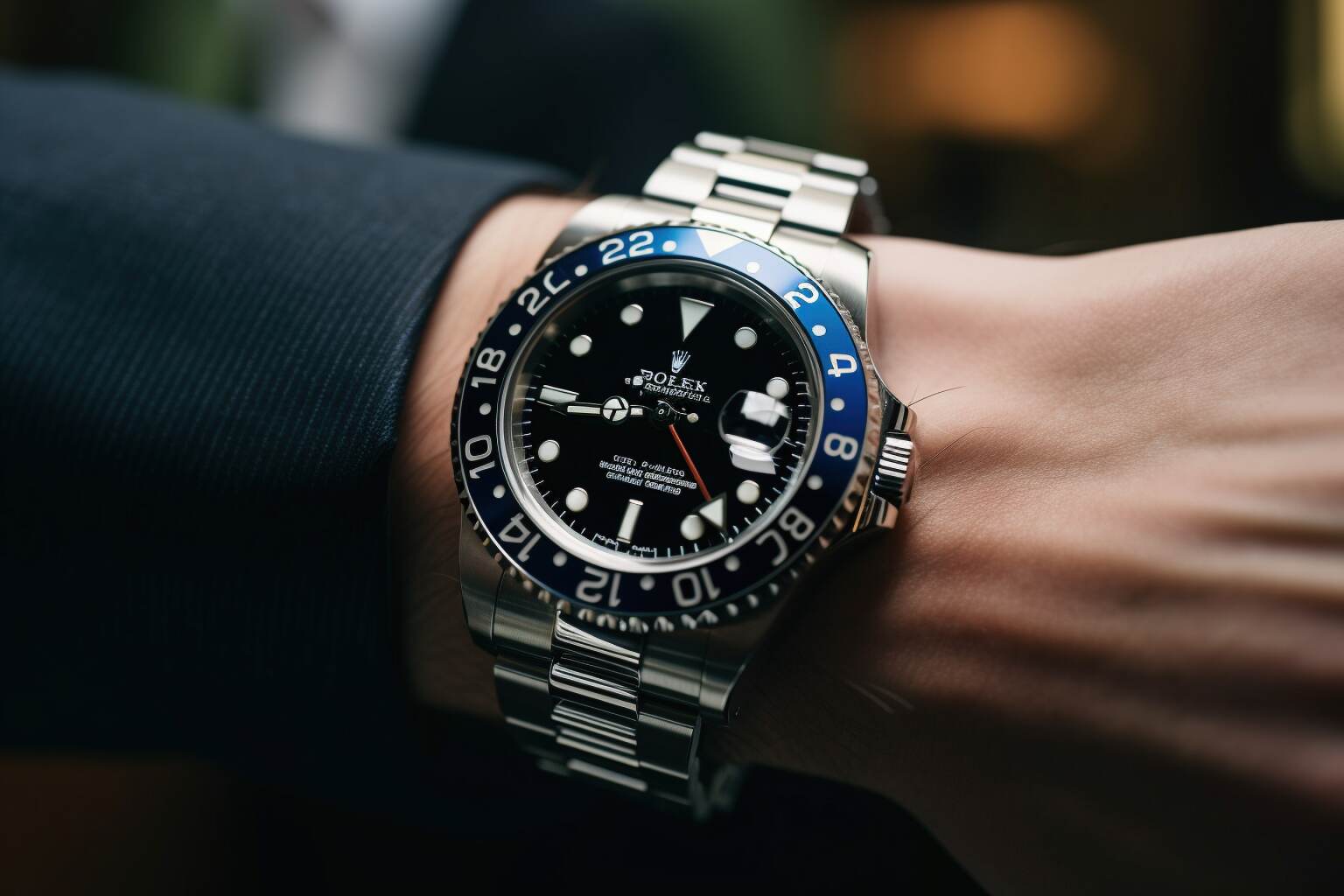
In addition to its production of high-quality chronographs, Rolex has also made major strides in improving the accuracy of its timepieces over the years through precision engineering techniques. One example is the use of a Parachrom hairspring which allows for greater stability against temperature fluctuations or magnetic fields than traditional hairsprings found in other watches. This helps maintain consistent timekeeping performance even under challenging conditions.
Lastly, Rolex’s commitment to furthering timekeeping technology has been evident since it first developed a self-winding mechanism in 1931 known as the ‘Perpetola’ movement. It utilizes an oscillating weight called a ‘perpetual rotor’ which winds up automatically when worn on the wrist and provides long lasting power reserve capabilities without needing manual winding. Furthermore, they introduced several patented shock protection systems such as Kif Protechon®and Paraflex®to prevent any damage from external impacts while maintaining optimal accuracy standards at all times.
It becomes clear then that throughout its storied history Rolex has consistently pushed boundaries by introducing groundbreaking technologies for better chronographs and increasing timekeeping accuracy within ever more compact designs – setting unrivaled standards for quality craftsmanship within the industry today.
Rolex In Pop Culture History
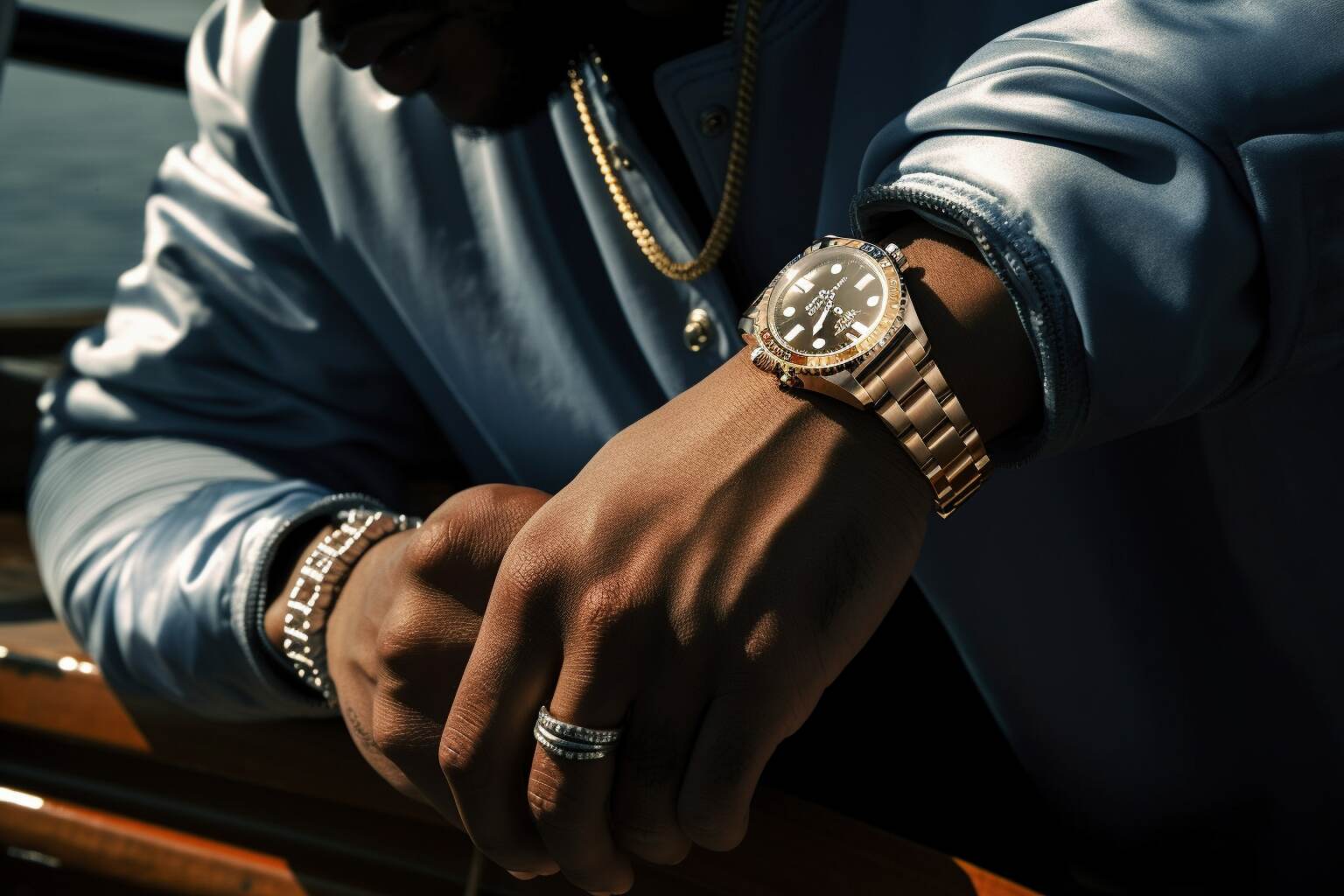
Throughout its long history, Rolex has been heavily associated with pop culture. The brand’s watches have become a status symbol and featured in numerous films, television shows and music videos. From James Bond to the Beatles, here is a look at some of the most memorable moments in which Rolex made an appearance:
- James Bond – In 1962 Sean Connery first wore the iconic Submariner watch as agent 007 in Dr No. Since then it has appeared in several more Bond movies including Live and Let Die (1973), Octopussy (1983) and Tomorrow Never Dies (1997).
- The Beatles – When John Lennon was photographed for Life Magazine in 1965 wearing his beloved Oyster Perpetual Datejust, he started a trend for celebrities wearing Rolexes that continues today.
- Jay-Z – Jay Z revealed his role as President of Roc Nation Sports by posting an Instagram photo of himself signing papers while wearing a black Daytona Chronograph from 2004.
- Kanye West – Kanye famously declared “I ain’t got no Yeezy but I got my own Yachtmaster!” on one of his tracks, referring to the 18k gold version which he was seen sporting during various performances around 2014 and 2015.
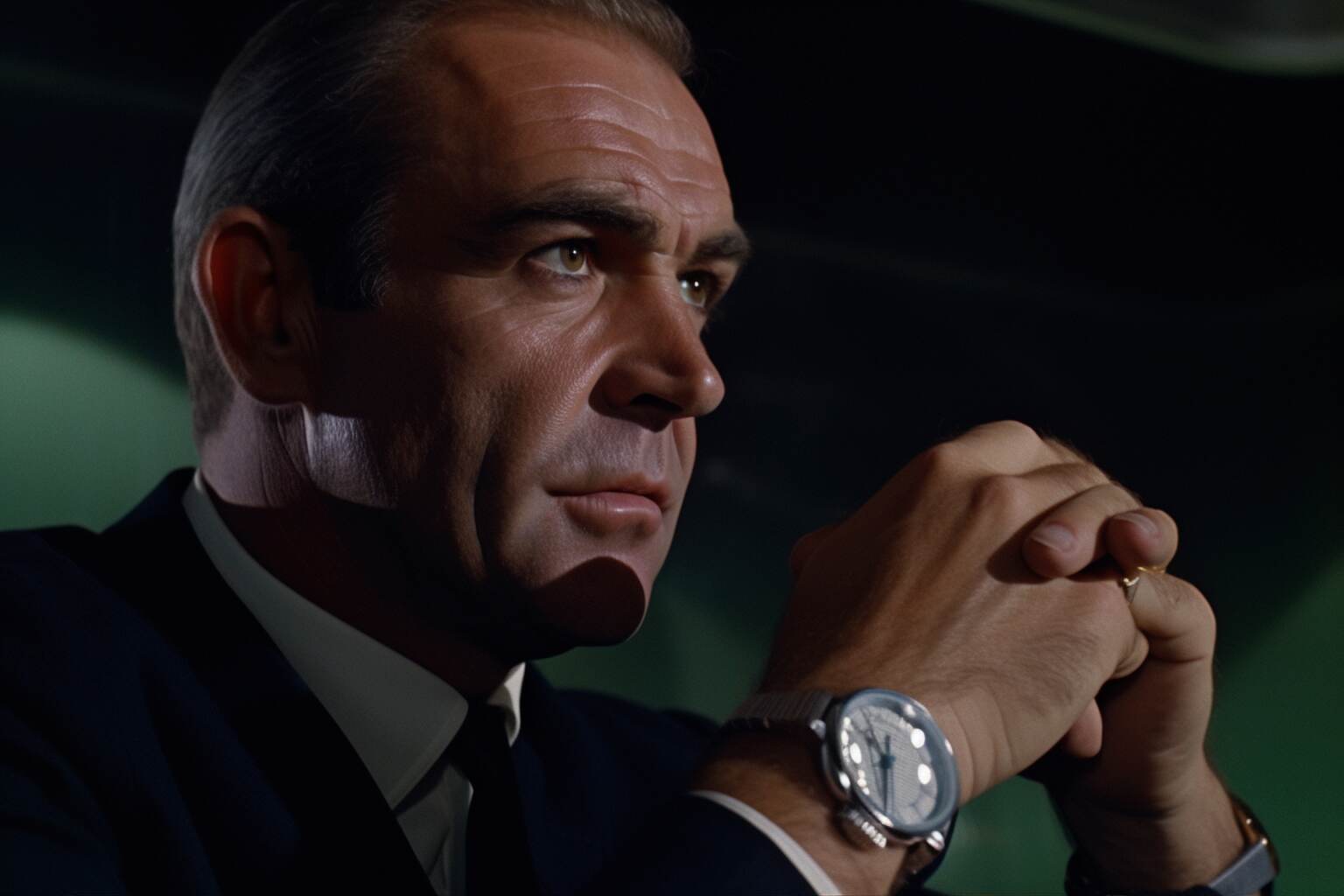
Rolex has had such staying power not only because of its quality products but also due to their ability to transcend generations through popular culture references like those mentioned above. It is clear that Rolex will remain an integral part of our cultural landscape for years to come, cemented into our collective memory as much more than just another luxury watchmaker; rather a timeless icon embodying success and style worldwide.
Enduring Quality And Craftsmanship
Since its inception, Rolex has been an innovator in the field of watchmaking. With meticulous attention to detail and a commitment to quality materials and precision engineering,Rolex produces watches that stand out for their luxury craftsmanship. This section will explore some of the ways in which Rolex continues to produce high-quality timepieces that are both attractive and reliable.
To begin with, Rolex pays close attention to every step throughout the production process — from design all the way through aftermarket service — ensuring that each watch is crafted with excellence. The company also uses only the best components available, including high-grade metals like stainless steel, 18k gold, and platinum as well as scratch-resistant sapphire crystal glass. These types of materials ensure that Rolex watches have unrivaled durability compared to other brands on the market today.
| Quality Material | Precision Engineering | Luxury Craftmanship |
|---|---|---|
| Stainless Steel 18K Gold Platinum | Computerized Precision Machinery CNC Lathes & Milling Machines | Exquisite Design Finest Components Scratch Resistant Sapphire Glass |
Finally, it is clear why Rolex stands out among its competitors — not just because its products are luxurious but because they endure over time due to their superior construction standards. From start to finish, Rolex employs a rigorous approach when creating each watch so shoppers can rest assured knowing they’ve made a smart investment in a timeless piece of jewelry that will last them for years or decades to come.
Portrayal In Media And Advertising
Whilst some may argue that luxury watchmaker, Rolex, has only recently been portrayed in the media and advertising campaigns due to its success, this is not the case. The brand was featured prominently in various publications as early as the 1920s when it first began mass production of its watches. This period marked an important time for Rolex’s role in popular culture as more people were exposed to their products than ever before.
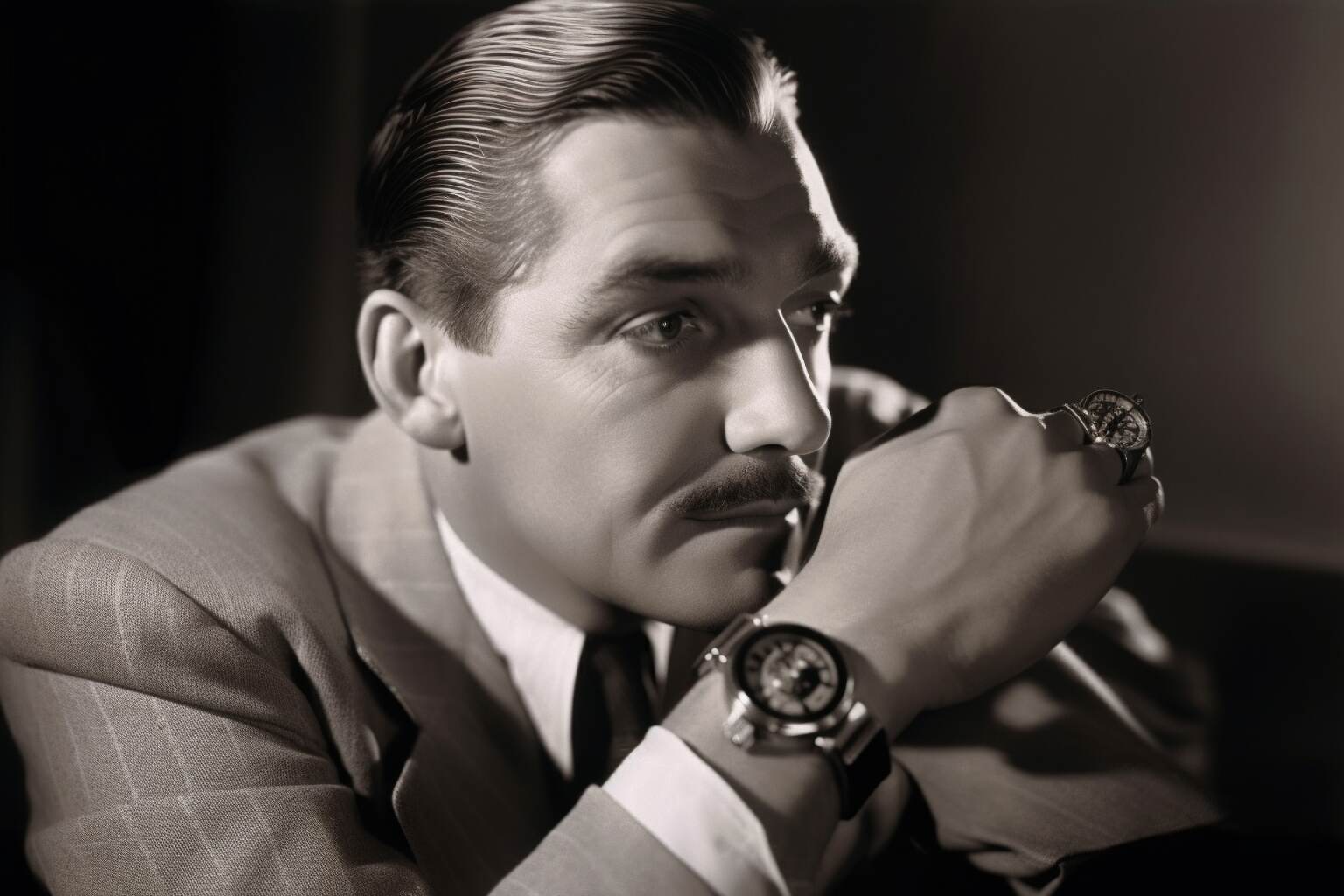
The 1930s saw a dramatic increase in Rolex’s presence with many celebrities endorsing their products on both print-based and broadcast media outlets. It wasn’t until the 1950s however that advertising campaigns featuring iconic images such as “the Crown” logo emerged which further cemented Rolex’s place among the leading producers of luxury watches. During this decade, there was also a significant rise in collaborations between Rolex and sporting events like Formula One racing or golf championships which helped to define the brand’s persona even further.
It can thus be argued that while these marketing efforts have certainly had an impact on how we perceive Rolex today, they are merely amplifying what was already being established since its inception – namely, a legacy of superior craftsmanship combined with worldwide recognition for excellence in design and innovation.
Cultural Significance Of Rolex Watches
Rolex watches have come to represent a status symbol and a marker of success within the watch industry. The company’s contributions to timekeeping for both precision and accuracy, coupled with their pioneering in-house automatic movements, have made them one of the most recognizable luxury watch brands worldwide. Since its inception in 1905, Rolex has produced some of the world’s most iconic designs that have become renowned for setting standards within horology. In particular, the Oyster Perpetual models such as Submariner and GMT Master II are synonymous with innovation, reliability, and style that no other brand can match.
The cultural significance of Rolex watches is evident from the fact that they have been worn by many influential figures throughout history including royalty, celebrities, athletes and adventurers. This includes individuals like Winston Churchill who was known to wear his gold Rolex Datejust while Prime Minister during WWII; or Martin Luther King Jr., whose iconic photograph taken at Selma featured him wearing an Explorer II model on his wrist; or even explorer Sir Edmund Hillary who famously wore an Explorer I when he became one of first people ever to reach summit Mt Everest in 1953. These iconic personalities helped cement Rolex’s position as a leader in prestige watchmaking over generations.
In addition, Rolex also has links with several sports organizations which further enhances their reputation as being associated with excellence, performance and adventure. They are currently sponsors of Wimbledon Tennis Championships (since 1978), Arnold Palmer Invitational Golf Tournament (since 2007) and Formula 1 racing teams such Aston Martin Red Bull Racing (since 2013). Such associations demonstrate how Rolex watches continue be integral part of our culture today – signifying achievement , ambition and determination – values we all aspire towards .
Celebrating Rolex’S Successes
Rolex has been a leader in the luxury watch market for well over a century, and its accomplishments have made it one of the most recognizable brands on Earth. Throughout its history, Rolex has celebrated many milestones that have cemented its legacy as an icon of quality craftsmanship and style.
The first major success for Rolex came in 1910 when founder Hans Wilsdorf registered his company’s name in La Chaux-de-Fonds, Switzerland. This marked the beginning of a journey to becoming one of the world’s foremost watchmakers. In 1926, Rolex earned recognition as being particularly accurate after passing rigorous tests set by London’s Kew Observatory. By 1929, Rolex had established itself as a global brand with offices opening across Europe and Asia.
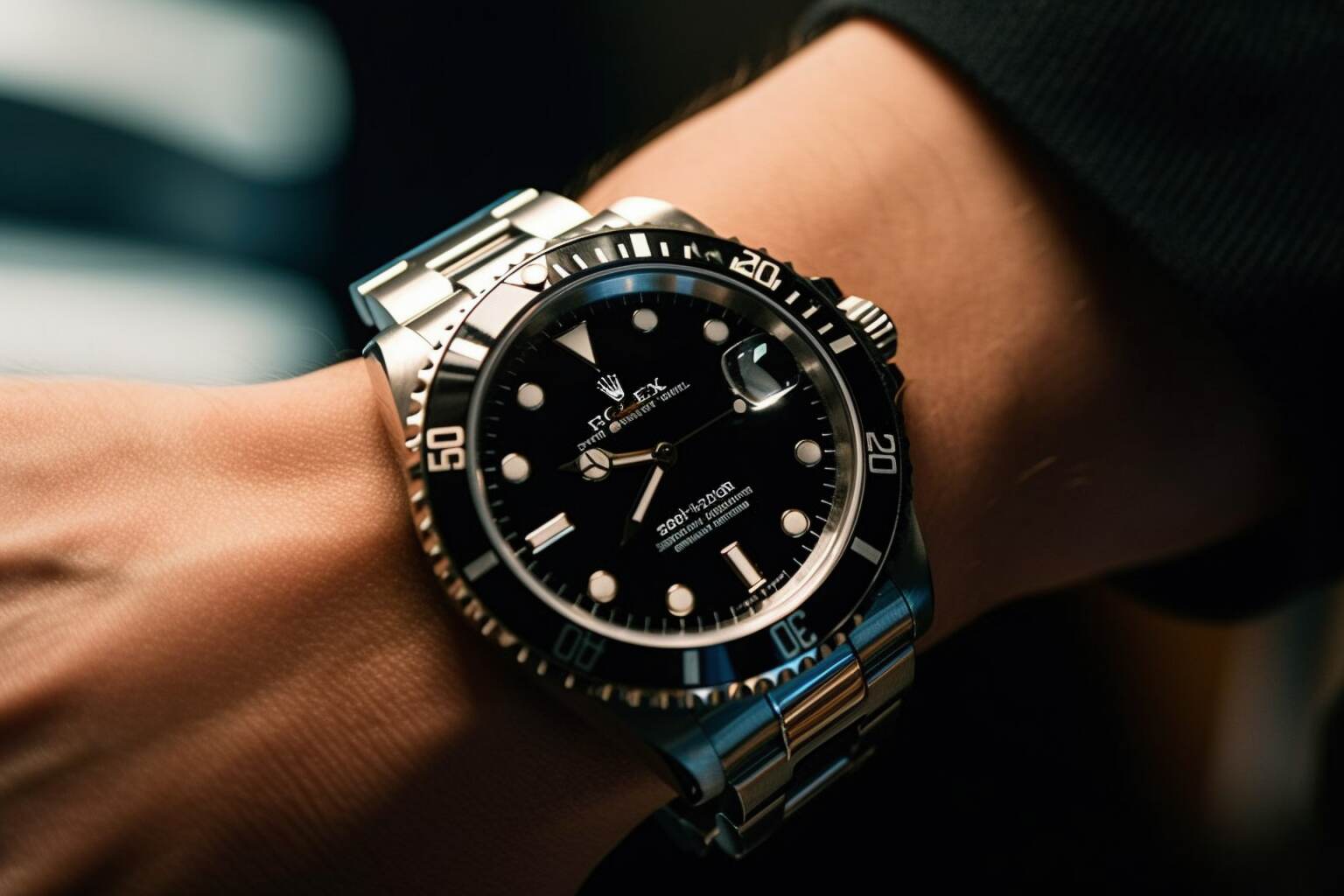
In 1945, Rolex introduced their iconic “Datejust” model which featured an automatic date changing mechanism – something unseen before this time. Since then, Rolex has consistently innovated new designs and features such as self winding mechanisms, water resistance certifications up to 300 meters deep and much more. These advancements have allowed them to remain at the forefront of technology for decades now – all while maintaining their commitment to excellence in design and engineering.
Over 100 years since its establishment, Rolex watches are still recognized around the globe as status symbols synonymous with wealth and power; a testament to what can be achieved through dedication and passion for perfectionism.
Collectibles For Enthusiasts
With its intricate craftsmanship and timeless designs, the Rolex brand has held a special place in the hearts of luxury watch collectors since its introduction over 100 years ago. As such, it’s no surprise that there is an abundance of collectibles for Rolex enthusiasts to choose from. From vintage accessories to commemorative memorabilia, here are some of the most popular items among Rolex collectors:
- Vintage Accessories: For many collectors, owning a piece of history is part of what makes collecting so exciting. Items like original boxes, documents, and instruction booklets offer insight into the production process and historical significance behind each model.
- Commemorative Memorabilia: Many avid watch fans have found creative ways to show their admiration for this iconic brand through t-shirts, mugs, pins and other branded merchandise. These collectible items can be used as display pieces or simply worn with pride by any Rolex enthusiast.
- Limited Edition Pieces: Some models are produced in limited quantities for exclusive events or releases at certain retailers. These coveted timepieces often come accompanied with unique packaging and certificates authenticating them as genuine watches from the company’s archives.
Rolex remains one of the world’s best known watchmakers due largely to these types of collector’s items which perpetuate its legacy around the globe. Whether you’re looking for vintage pieces or modern memorabilia celebrating your favorite brand, there are plenty of options out there for any aspiring Rolex collector!
Assessing Investment Potential
In contrast to the exciting collectible opportunities offered by Rolex watches for enthusiasts, it is important to consider their investment potential as well. Many luxury watch collectors are interested in Rolex models due to their brand value and marketability. As a result, there has been an influx of investors looking to capitalize on this trend by buying Rolex watches with the intent of reselling them at a profit.
It is essential that buyers understand the nuances between purchasing a watch solely as an investment versus one being bought primarily as a collector’s item. To maximize profits when investing in a Rolex watch, buyers must take into account factors such as rarity, condition, demand, production dates and origin country. Understanding these details can make all the difference when it comes time to sell your watch back onto the market. For example, certain rare vintage models have consistently held high values over time while other more common pieces may be subject to fluctuating prices depending on supply and demand within the secondary market.
Overall, collecting or investing in a Rolex requires research and knowledge of current pricing trends so you can get the most out of your purchase- whether for personal satisfaction or financial gain. Keeping up with industry news along with watching price movements will help ensure you make wise decisions when assessing if a particular model holds long term investment potential.
The Future Of Rolex Watches
The future of Rolex watches is promising, with many exciting advancements in the works. With luxury watch trends ever-evolving and technology constantly advancing, Rolex will continue to stay atop the market by offering customers innovative features and modern designs. In particular, their focus on incorporating new technologies into their watches has allowed them to remain a leader in the industry.
Rolex’s commitment to innovation can be attributed to its long history as a brand. Their dedication to craftsmanship and quality materials have resulted in some of the most sought after timepieces worldwide. As they look ahead toward the future, it’s clear that technological advances such as GPS tracking, Bluetooth connectivity, solar power capabilities, and even augmented reality applications will all play an important part in how Rolex continues to evolve as a brand.
It’s likely that these continued innovations will propel Rolex forward for years to come. From creating pieces that are more environmentally friendly through sustainable initiatives like renewable energy sources or recycled materials, to introducing groundbreaking products utilizing cutting-edge watchmaking techniques – there’s no limit to what we could see from this iconic Swiss manufacturer in the coming years.
Conclusion
It is no secret that Rolex has been a benchmark for success in the world of luxury watches. From its pioneering innovations to its timeless designs, the brand has earned its place as one of the most iconic names in horology. Its unparalleled craftsmanship and commitment to quality have made it a favorite among watch enthusiasts, collectors, and investors alike.
One can only imagine what wonders await us as we enter into an exciting new era with Rolex at the helm. It’s remarkable how far this company has come since Hans Wilsdorf founded it in 1905 – from humble beginnings to becoming one of the most coveted symbols of status and success. The history of Rolex is truly awe-inspiring, and I’m proud to be able to look back on such illustrious achievements with admiration.
The future looks bright for this powerhouse brand, and I’m confident they will continue to set industry standards for generations to come. As historians, we must remember that Rolex’s journey has been long but successful – a testament to their dedication and determination throughout their 116 year history.



